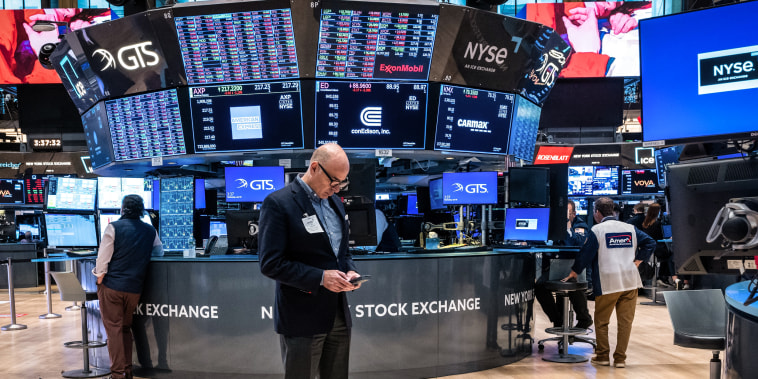Amidst rising inflation concerns, the markets experienced a tumultuous day as the Dow Jones Industrial Average plunged by a significant 475 points. This decline marked the worst day for the S&P 500 since January, sparking fears among investors and analysts alike. The abrupt downturn can be largely attributed to the persistent inflationary pressures that have been looming over the economy in recent months.
Inflation, often referred to as the silent enemy of investors, has the potential to erode purchasing power and diminish the value of assets over time. As consumer prices continue to soar and supply chain disruptions persist, investors are becoming increasingly wary of the impact that inflation may have on corporate earnings and economic growth.
The Federal Reserve, the central bank of the United States, has been closely monitoring inflation metrics and signaling its intention to adopt a more hawkish stance in the coming months. Speculation about potential interest rate hikes and tapering of asset purchases has only added fuel to the fire, exacerbating market volatility and sowing seeds of doubt among investors.
The technology sector, which has been a key driver of market gains in recent years, bore the brunt of the sell-off, with high-flying growth stocks experiencing sharp declines. Companies in sectors such as semiconductors, e-commerce, and renewable energy were among the hardest hit, reflecting concerns about valuations and growth prospects in a high-inflation environment.
Traditional safe-haven assets, such as gold and government bonds, saw a surge in demand as investors sought shelter from the storm. The shift towards defensive investments highlights the growing sense of unease in the market and underscores the importance of diversification in times of heightened uncertainty.
While market corrections are a natural part of the investment cycle, the recent downturn serves as a stark reminder of the fragility of financial markets and the importance of risk management. Investors would be well-advised to closely monitor economic indicators, stay informed about central bank policies, and maintain a long-term perspective to navigate choppy waters with confidence.
As the dust settles and the market regains its footing, opportunities may emerge for savvy investors to capitalize on undervalued assets and position themselves for future growth. The key to success in volatile markets lies in resilience, adaptability, and a steadfast commitment to sound investment principles. By staying informed, staying disciplined, and staying diversified, investors can weather the storm and emerge stronger on the other side.

